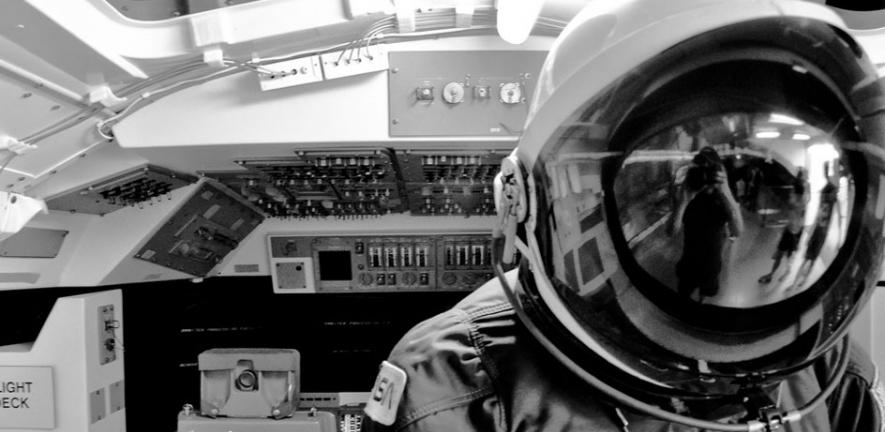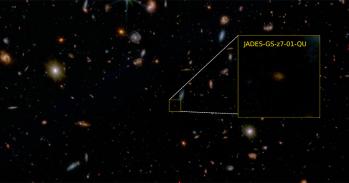
Cambridge University researchers are casting their gaze back to the start of the universe following the launch last week of two of the most expensive scientific satellites ever built by the European Space Agency.
Cambridge University researchers are casting their gaze back to the start of the universe following the launch last week of two of the most expensive scientific satellites ever built by the European Space Agency.
It's possible we could find a signature from before the Big Bang; or it's possible we could find the signature of another universe and then we'd have experimental evidence that we are part of a multiverse.
Professor George Efstathiou
Aboard the rocket are the Planck and Herschel Observatories, worth a combined £1.7bn, which will scan the sky looking for new information about the history of the universe.
The Planck spacecraft project, in which Cambridge researchers have taken a leading role, started life 16 years ago as a proposal to the European Space Agency. Since then many engineers and scientists have worked hard to create a satellite now on its way to an orbit around the second Sun-Earth Lagrangian point, situated around 1.5 million km from Earth in the opposite direction to the sun.
The Planck spacecraft, named after the German Nobel Laureate Max Planck, aims to answer some the biggest questions about the universe:
- Why is the universe so big?
- What happened at the big bang?
- Why is the universe so old?
To achieve this, Planck will map the sky looking at incredibly long wavelengths of light - in the microwave part of the electromagnetic spectrum.
It will be able to take incredibly detailed measurements of what is known as the Cosmic Microwave Background. The CMB is the remnant radiation of the Big Bang that has cooled down as the universe has expanded and now has a temperature of 2.725 degrees above absolute zero.
Within the CMB there are temperature variations in the ancient heat energy that can give the scientists insight into the early structure of the universe.
The Cambridge Planck Anlysis Centre, led by Professor George Efstathiou, will be actively involved in the analysis and scientific interpretation of the data sent back from Planck. They will turn the signals sent back from Planck into the CMB signal as well as be responsible for providing a catalogue of many hundreds of galaxy clusters which will be used to constrain the nature of the mysterious dark energy that is causing the universe to accelerate.
They will also play a major part in several of Planck's flagship science projects such as constraining the physics of the early universe, mapping the distribution of dark matter, and determining to unprecedented precision the composition of the universe.
Professor Efstathiou told the BBC: "We will be probing regimes that have never been studied before where the physics is very, very uncertain."
He continued: "It's possible we could find a signature from before the Big Bang; or it's possible we could find the signature of another universe and then we'd have experimental evidence that we are part of a multiverse. There is a mixture of serenity - because we have done every test that we can do - but also anxiety - because it is always risky to launch such satellites towards deep space."
Photo: ESA - D. Ducros
This work is licensed under a Creative Commons Licence. If you use this content on your site please link back to this page.





